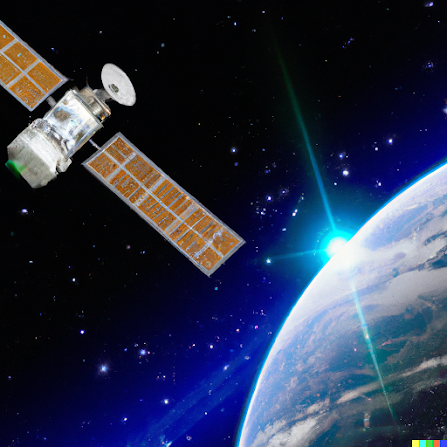Space News
 |
| NASA's Earth science program |
NASA's Earth science program is facing a budget crunch due to several factors, according to Waleed Abdalati, co-chair of the most recent Earth science decadal survey and a former NASA chief scientist. Speaking at a meeting of the NASA Advisory Council, Abdalati warned that the agency will have to make "difficult choices" between continuing current missions and starting new ones given limited funding.
He identified several factors contributing to this challenge, including supply chain and workforce problems linked to the pandemic, a fiscal year 2023 spending bill that reduced Earth science funding by more than $200 million from the agency's request, and the prospect of a long-term continuing resolution in fiscal year 2024 that would lock in spending at 2023 levels.
The decadal survey, which was released five years ago, recommended several missions and "designated observables" for NASA's Earth science program, including the Earth System Observatory. However, Abdalati pointed out that the resources are not and will not be available to fully implement the intended program. He said, "The options are delaying planned missions or terminating extended missions."
NASA is currently preparing for a senior review of extended Earth science missions later this year, which will examine the scientific productivity of around 15 missions, some of which have been in operation for over 20 years, and balance that against the cost to keep them running. NASA officials have already warned that they likely will not have the funding to extend all of them.
At the same time, NASA is planning to ramp up work on the Earth System Observatory, which would implement the major "designated observables" recommended by the decadal survey. However, an independent review last fall, co-chaired by Abdalati along with another former NASA official, Geoff Yoder, warned of cost growth on the biggest of those missions, the Atmosphere Observing System.
Abdalati said, "There's a tension, though, between what do you do that is new versus what do you sustain that is already flying." He added that NASA has exercised all the options recommended in the decadal survey, including delaying missions or reducing the number of competed missions, but the resource challenges still remain.
Additional options could involve further delays of the Earth System Observatory missions or smaller competitive missions, as well as terminating current missions. He also suggested that another option would be to accept higher risk on new missions to reduce their cost, but warned that approach has drawbacks. He said, "From a climate perspective, the cost of not succeeding, of taking on those additional risks, is very high because you lose time. You don't just lose a measurement, you lose time, much needed time."
Abdalati stated that the National Academies is preparing for a midterm review of the Earth science decadal, which could offer NASA additional recommendations on how to balance the report's recommendations with current missions given available funding. He said, "But, at the end of the day, it's pretty clear that not everything can be done, and there is going to need to be an assessment of what does not get done now."
In conclusion, NASA's Earth science program is facing a budget crunch due to several factors and the agency will have to make "difficult choices" between continuing current missions and starting new ones given limited funding. The decadal survey's advice for dealing with funding problems has largely been exhausted and NASA may have to delay planned missions or terminate extended missions. Additionally, NASA is also preparing for a senior review of extended Earth science missions later this year, which will examine the scientific productivity of around 15 missions and balance that against the cost to keep them running. The National Academies is also preparing for a midterm review of the Earth science decadal which could offer additional recommendations on how to balance the report's recommendations with current missions given the available funding.



0 Comments